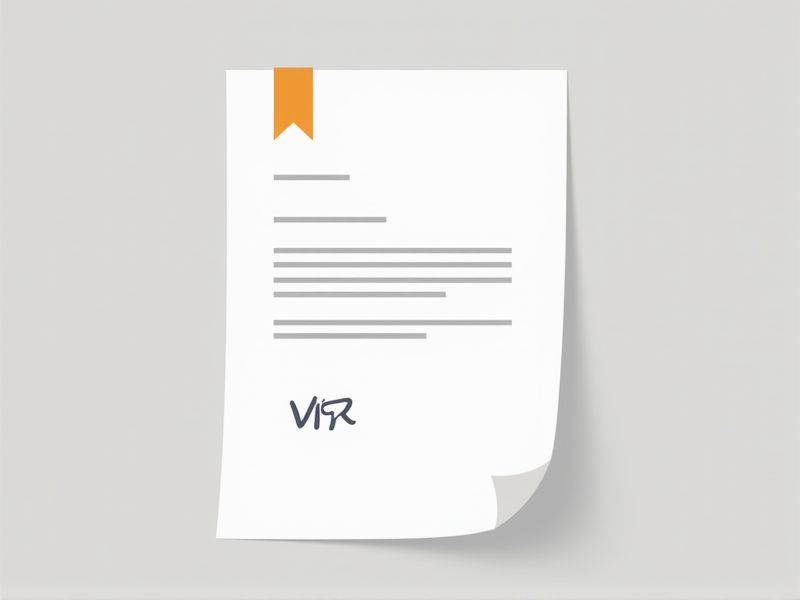
When writing a letter for verification purposes, it's important to maintain a clear and professional format that effectively conveys the necessary information. This type of letter is often used to confirm employment, address, identity, or other credentials. A well-structured verification letter includes the sender's details, recipient's information, a clear statement of verification, and any relevant supporting details. Ensuring accuracy and professionalism helps the recipient trust and accept the verification without further inquiries. For your convenience, check out the various verification letter templates available in this article to suit different needs.
Samples of letter format for verification
Letter Format For Identity Verification
Letter Format For Address Verification
Letter Format For Employment Verification
Letter Format For Bank Verification
Letter Format For Academic Verification
Letter Format For Rental Verification
Letter Format For Residency Verification
Letter Format For Income Verification
Letter Format For Phone Number Verification
Letter Format For Customer Verification
Letter Format For Business Verification
Letter Format For Background Verification
Letter Format For Status Verification
Letter Format For Reference Verification
Letter Format For Documentation Verification
Letter Format For Ownership Verification
Letter Format For Compliance Verification
Letter Format For Security Verification
Letter Format For Membership Verification
Letter Format For Legal Verification
Important Things to Know when Writing Letter Format For Verification
Sender And Recipient Details
The sender's details, typically placed at the top of the letter, should include your full name, address, and contact information to establish clarity and authenticity. Following this, the recipient's details must be clearly stated, including their name, title, company, and address, ensuring that the letter reaches the intended audience without confusion. This organization not only adds professionalism to your correspondence but also helps in maintaining an official record of communication. Properly formatted details create a more impactful letter, enhancing your credibility in the verification process.
Clear Subject Line
A clear subject line is crucial for verification letters as it immediately conveys the purpose of the communication to the recipient. Ensure that the subject line is concise yet descriptive, such as "Verification of Employment for [Employee's Name]." This not only helps in organizing the content but also ensures that your letter captures the recipient's attention quickly. By following this practice, you make it easier for the recipient to identify and prioritize your request effectively.
Purpose Of Verification Stated Explicitly
When preparing a letter for verification, it is crucial to explicitly state the purpose of the verification at the beginning of your correspondence. This clarity ensures that the recipient understands the specific type of verification requested, whether it's for employment, educational qualifications, or another matter. Including a clear purpose not only facilitates a quicker response but also helps avoid any potential misunderstandings. Be concise and direct in your wording, as this sets the professional tone of the letter while ensuring that all necessary information is presented.
Supporting Documents Referenced
When preparing a verification letter, it's crucial to include references to supporting documents that substantiate the claims made within the letter. These documents could include identification papers, financial statements, or employment records, depending on the context of verification. Clearly stating which documents you are referencing allows the recipient to easily locate and verify the information provided. Ensuring that all supporting materials are organized and easily accessible can significantly enhance the credibility of your verification letter.
Formal Closing And Signature
The formal closing and signature are crucial components of a verification letter, ensuring professionalism and authenticity. Common closing phrases include "Sincerely," "Best regards," or "Yours faithfully," followed by a comma. Your signature should be handwritten above your typed name to provide a personal touch and affirm the letter's legitimacy. This attention to detail not only reinforces the letter's purpose but also reflects your respect for the recipient.
